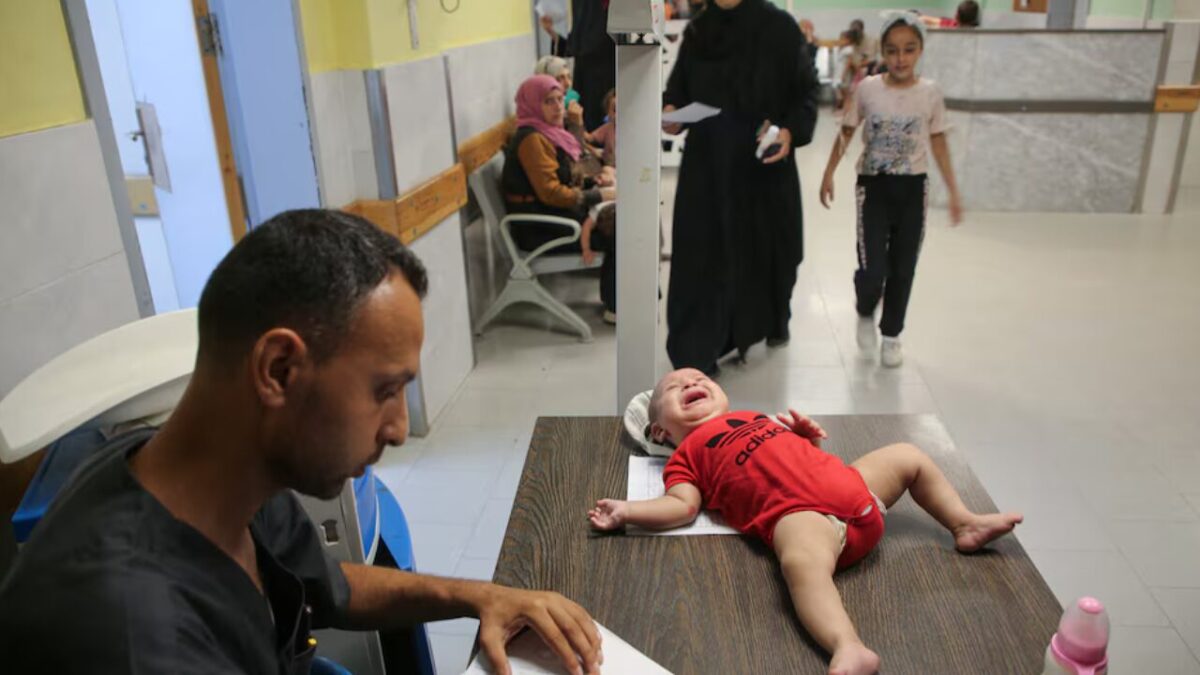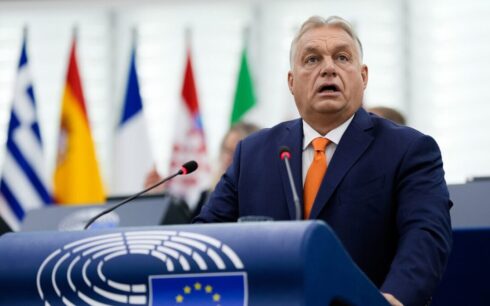The United Nations is set to begin a crucial campaign on Sunday to vaccinate approximately 640,000 children in the Gaza Strip against polio. This effort is being coordinated during daily eight-hour pauses in the ongoing conflict between Israel and Hamas militants, offering a narrow window for health workers to reach children in specific areas of the war-torn enclave.
The campaign, targeting children under the age of 10, comes in response to the recent confirmation of the first polio case in Gaza in 25 years—a baby paralyzed by the type 2 polio virus. The World Health Organization (WHO) has emphasized the urgency of the campaign, noting that at least 90 percent of the children must receive two doses of the vaccine, spaced four weeks apart, to ensure its effectiveness.
However, the logistics of the campaign are daunting. Gaza has been devastated by nearly 11 months of continuous warfare, severely complicating the efforts to reach vulnerable populations. “It’s not ideal,” acknowledged Rik Peeperkorn, the WHO’s senior official for the Palestinian territories, during a briefing in Geneva on Friday. “We think it is feasible if all of the pieces of the puzzle are in place.”
The vaccination drive will unfold in three phases, covering central, southern, and northern Gaza. During each phase, fighting is expected to pause for at least eight hours on three consecutive days. The WHO has indicated that these pauses could be extended to a fourth day if necessary, meaning each round of vaccinations could take just under two weeks to complete.
However, the pauses in fighting may not encompass entire zones within Gaza. A map obtained by Reuters on Friday, reportedly from the Coordination of Government Activities in the Territories (COGAT), suggests that the ceasefires will only apply to smaller areas within each zone, potentially limiting the reach of the vaccination effort.





